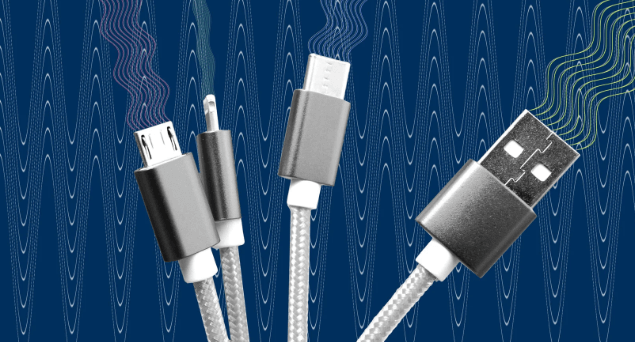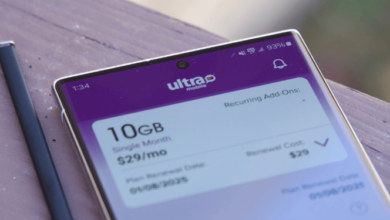Does Att Fiber Have Data Caps: At&T Fiber Data Cap Information

Understanding AT&T Fiber’s data cap policies is crucial for consumers considering their internet options. While AT&T offers various plans characterized by high speeds and reliability, the implications of data usage limits can significantly affect those who engage in bandwidth-intensive activities. For heavy users, the risk of throttling or additional charges raises important questions about the suitability of these plans. To navigate these concerns effectively, one must examine the specifics of AT&T’s data management strategies and how they compare to alternatives in the market. What insights might emerge from a closer look at these policies?
Overview of AT&T Fiber Plans
AT&T Fiber offers a range of internet plans designed to meet diverse consumer needs, particularly in urban and suburban areas where high-speed connectivity is essential.
Key AT&T fiber features include symmetrical upload and download speeds, robust reliability, and scalable options.
A thorough fiber plan comparison showcases the advantages of various tiers, enabling consumers to select the most suitable plan tailored to their specific requirements.
Data Cap Policies Explained
Data cap policies are a critical aspect of understanding AT&T Fiber’s service offerings, as they directly influence user experience and data management.
Through data cap comparisons, potential customers can assess how AT&T Fiber aligns with their internet usage.
Analyzing customer experiences reveals the implications of these policies, highlighting the importance of transparency in data management and the freedom users desire in their internet services.
Impact on Heavy Users
Heavy users of internet services, particularly those engaged in activities such as streaming high-definition content, online gaming, or large file transfers, face significant implications under AT&T Fiber’s data cap policies.
Heavy usage can lead to throttled speeds or additional charges, undermining the user experience. This limitation poses challenges for those reliant on streaming services for entertainment, hindering the seamless access they desire.
Alternatives to AT&T Fiber
Exploring alternatives to AT&T Fiber reveals a range of options that cater to varying needs and preferences among consumers.
Fiber internet alternatives, such as Google Fiber and Verizon Fios, offer high-speed connectivity with minimal latency.
See also 8339992394: Toll-Free Customer Support Number
Additionally, cable internet options, like Xfinity and Spectrum, provide competitive speeds and widespread availability.
These alternatives can empower users seeking flexibility and reliability in their internet service.
Conclusion
In the vast digital landscape, AT&T Fiber’s data cap policies serve as both a guiding compass and a potential barrier for users traversing the high-speed internet terrain. The interplay between robust internet plans and restrictive data limits creates a complex environment for heavy users, akin to navigating a labyrinth. Understanding these dynamics is vital, as they shape online experiences and determine the feasibility of seamless connectivity. Thus, awareness of data caps becomes a crucial tool in the pursuit of digital freedom.





